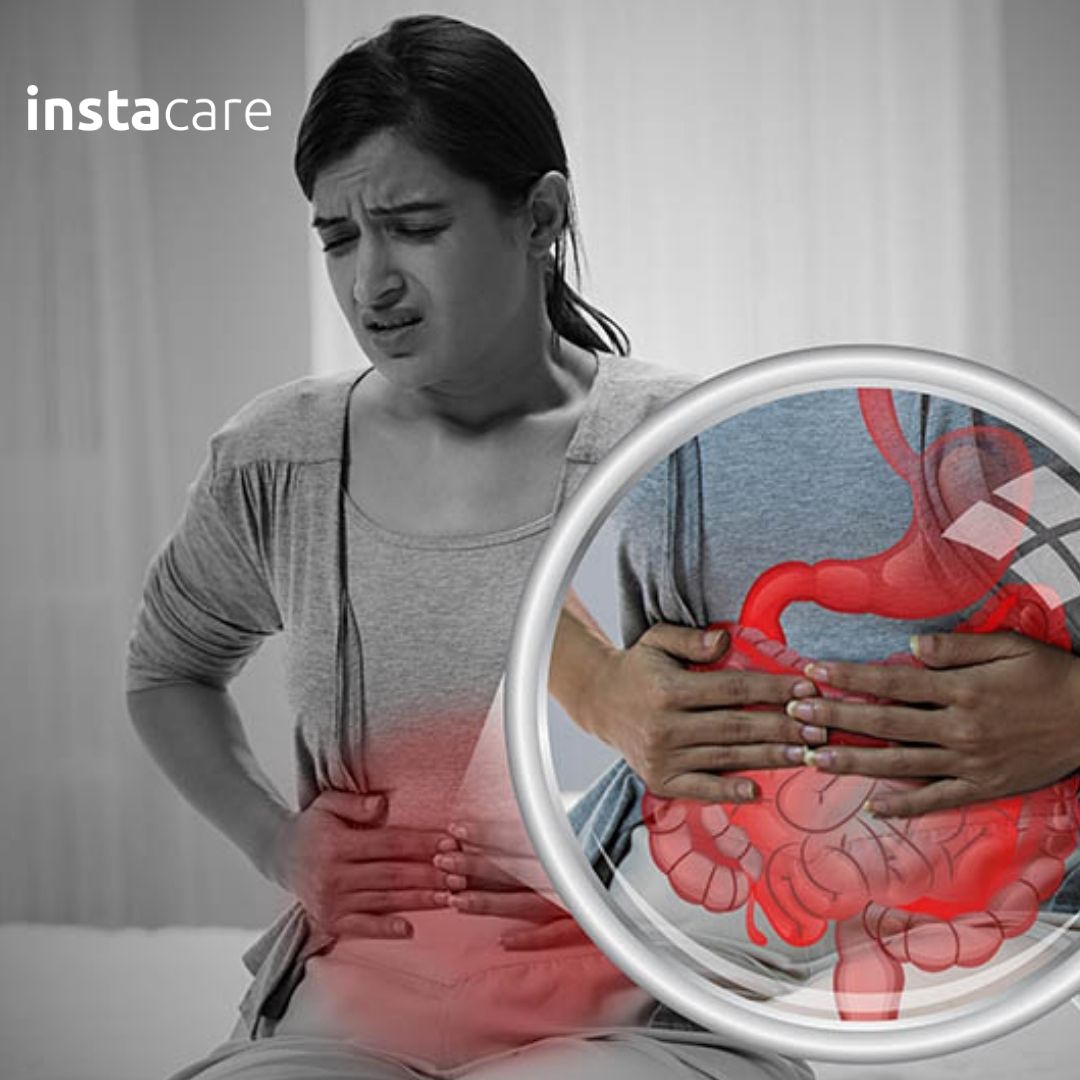Lower Abdominal Pain
Pain that occurs below the belly button can be referred to as lower abdominal pain. It usually occurs due to pain in the urinary bladder, intestines, uterus in women, and other reproductive organs. You may or may not have constant pain. Sometimes, it may come and go on its own. But figuring out the underlying cause is essential. For which, you must visit the best gastroenterologist in Karachi.
There can be many reasons for pain in the lower abdomen. In this article, we are going to discuss some of them (this list is not exhaustive, there may be other reasons too for having lower abdominal pain).
Causes of pain in the lower abdomen
Irritable Bowel Syndrome
Irritable bowel syndrome is a condition that affects the large intestines.
The signs and symptoms of irritable bowel syndrome are:
- Bloating
- Cramps
- Abdominal pain
- Cramps
- Diarrhea or constipation
Irritable bowel syndrome is a chronic condition that needs to be managed well. You can visit the best gastroenterologist in Pakistan for it.
Constipation
Constipation occurs when your stool hardens and it becomes difficult for you to pass them. Therefore, you may exert pressure to do that. To get rid of constipation, you must drink plenty of water and eat a fiber-rich diet. It may cause pain in the left side of the lower abdomen or in the middle.
The signs and symptoms of constipation are:
- Difficulty in passing stool
- Abdominal cramps
- Bloating
Appendicitis
Appendicitis is an inflammation of the appendix- an accessory organ in the lower right side of the abdomen. When it gets inflamed it causes pain. The pain may start from the middle, near the belly button, and radiate till the right lower side of the abdomen.
The signs and symptoms of appendicitis are:
- Nausea
- Vomiting
- Diarrhea
- Constipation
- Fever
The appendix can get infected, which is a life threatening condition. Therefore, if you are diagnosed with appendicitis with infection, you must get it removed through surgery as it may burst and infection can spread to other parts of the body.
Diverticulitis
Diverticula are small pouches present in the gastrointestinal tract, mostly in the lower part of the large intestines. The inflammation of diverticula is known as diverticulitis.
The signs and symptoms of diverticulitis are:
- Nausea
- Fever
- Vomiting
The pain associated with diverticulitis may appear in the middle of the abdomen or sometimes radiates to the lower left of the abdomen.
Urinary tract Infection
The urinary tract consists of kidneys, ureters, urinary bladder, and urethra. The infection of any of these parts is known as urinary tract infection.
View More: Best Home Remedies for Upset Stomach and Diarrhea
The signs and symptoms of urinary tract infection are:
- Fever
- Nausea
- Pain while urinating
- Burning while urinating
- Feeling of pressure in the lower abdomen
- Change in color of urine
- Change in the smell of urine
- Blood in urine
- Palpitations
Urinary tract infections are common in females. Moreover, they may occur due to kidney stones. If you have stones in the kidney, they may cause severe pain when they dislodge. Therefore, you must consult with a urologist about it. Drink plenty of water if you have kidney stones or urinary tract infection, as it helps in flushing out stones and toxins.
Vascular diseases
Some conditions in which a lack of blood flow occur to the organs can cause pain, like that of ischemic colitis. It may occur due to the lack of blood supply to the colon or large intestine.
Gynecological Problems
In women, gynecological problems are a common reason for causing pain in the lower abdomen, because the whole reproductive organ is present there. It may occur due to ectopic pregnancy, twisted ovaries, polycystic ovarian syndrome, menses, ovarian cysts, and much more.
Conclusion
Pain in the lower abdomen can occur due to various reasons. If it persists for a long time and is accompanied by nausea, vomiting, and blood in the stool, you must consult with the best gastroenterologist in Lahore. Also, drink plenty of water to avoid constipation and urinary tract infections.

